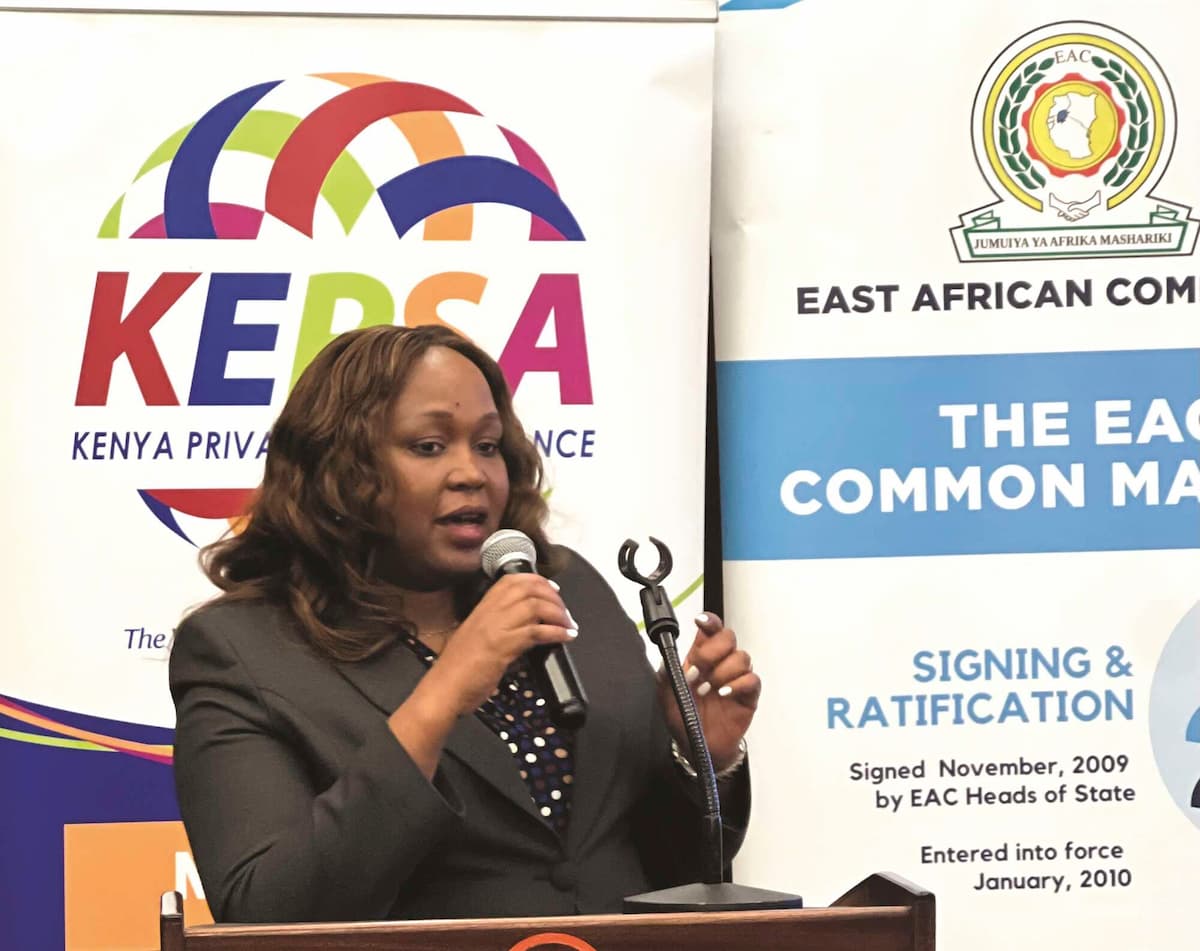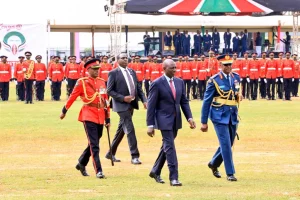The push to reduce the cost of air transport within East Africa has gained momentum with the East African Community submitting regulations to support liberalization of air transport.
The regulations highlighting how to leverage airfare, packing fees and other levies charged by airlines are to be submitted to the 19th Meeting of the Sectoral Council on Transport, Communication and Meteorology (TCM) for adoption next month.
East African airlines, Kenya Airways, Ugandan Airlines, Air Tanzania and RwandAir, sometimes charge fares as high as $800 dollar for a return ticket between Kigali and Zanzibar. This should be far less.
This month, a ticket between Kigali and Zanzibar was $380 for one-way flight, and $562 for a round trip.
The proposed guidelines are meant to reduce airfares, save time on connecting flights and ease movement of people and cargo within the region.
Veronica Nduva, EAC Secretary-General, told The EastAfrican that once approved air transport services in the region will be liberalized and the partner states will subsequently be negotiating under multilateral air service agreements.”
Without an open airspace regime in place, African countries have been relying on bilateral air services agreements, presenting the challenges of multiple negotiations with several countries.
“The liberalization of the air transport operations in the region is expected to lower fares, improve connectivity, stimulate demand for air travel and cargo and eventually support the expansion of air transport capacities in the region,” Ms. Nduva said.
The private sector in East Africa has raised concerns that it takes more than 24 hours to connect between capitals of EAC partner states, the same duration one would take to fly to Australia.
“I have once taken 24 hours to fly from Kigali to Zanzibar when, in 24 hours, I’d have moved from Arusha to Australia,” said Dennis Karera, vice-chairperson of the East African Business Council.
“In 2015, we were requested by the heads of state to present a study on the opening of the skies but, 10 years later, we are still discussing. This is one item we need to take back to the summit level and try to resolve.”
Liberalization could open new routes and more frequencies that would eventually shorten the flying time between cities.
Part of the reason air travel is expensive and cumbersome within the EAC, and the rest of Africa is the failure by countries to ratify and implement the African Union’s Single African Air Transport Market (SAATM).
SAATM, which is a flagship project of the AU Agenda 2063, is meant to create a single air transport market in Africa to advance the liberalization of civil aviation on the continent.
The SAATM was created to expedite the full implementation of the Yamoussoukro Decision, which provides for the liberalization of scheduled and non-scheduled air transport services within Africa and aims at removing restrictions on traffic rights, capacity and frequency between city pairs.
It has precedence over any multilateral or bilateral agreements on air services between state parties and focuses on internal market liberalization and fair competition as key development strategies while also addressing safety, security and environment challenges.
Ms. Nduva said that EAC partner states have committed to fully implement the SAATM as part of the Common Market Protocol and in line with the ongoing efforts by the African Union Commission (AUC) and the African Civil Aviation Commission (AFCAC) to operationalize the SAATM on the continent.
“Three EAC partner states, Democratic Republic of Congo, Kenya and Rwanda, have joined the SAATM. The remaining partner states have committed to finalize national consultations to join by December 2024,” the EAC boss said.
Tanzania has had the ratification on ice and has asked for more than five years to do so.
Uganda’s reluctance to join has been informed by a need to shield its national carrier from competition. But, early this year, Kampala changed its stance and is now keen to sign the SAATM “later in the year.” Authorities indicated that Uganda would join the open skies regime in the next financial year.
“We are left with approval by the Cabinet. Once that is done, we will be good to go,” said Fred Bamwesigye, director-general of Uganda Civil Aviation Authority (UCCA) at a meeting in Kampala early this year.
To date, 34 countries have signed up to the SAATM, representing over 80 percent of the aviation market in Africa.
Uganda plans to improve the Entebbe Airport as well as build infrastructure such as the Kabalega International Airport, to support traffic numbers resulting from the liberalization.
Tanzania, on its part, has been expanding its fleet.
Liberalization would lead to increased air service levels and lower fares, which in turn would stimulate additional traffic volumes, facilitates tourism, trade, investment and other sectors of the economy.
Ethiopia’s pursuit of liberalization on reciprocal basis has contributed to Ethiopian Airlines becoming the largest and most profitable carrier in Africa.
Research has found that on liberal intra-African routes Ethiopians benefit from 10-21 percent lower fares and 35-38 percent higher frequencies, compared to restricted routes.
Source:The East African






